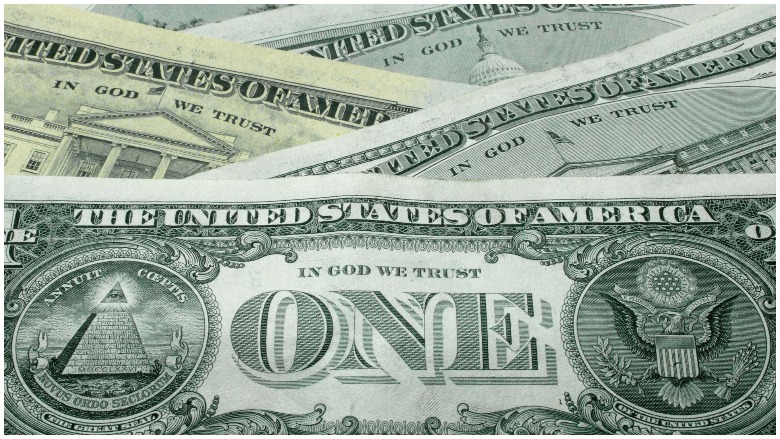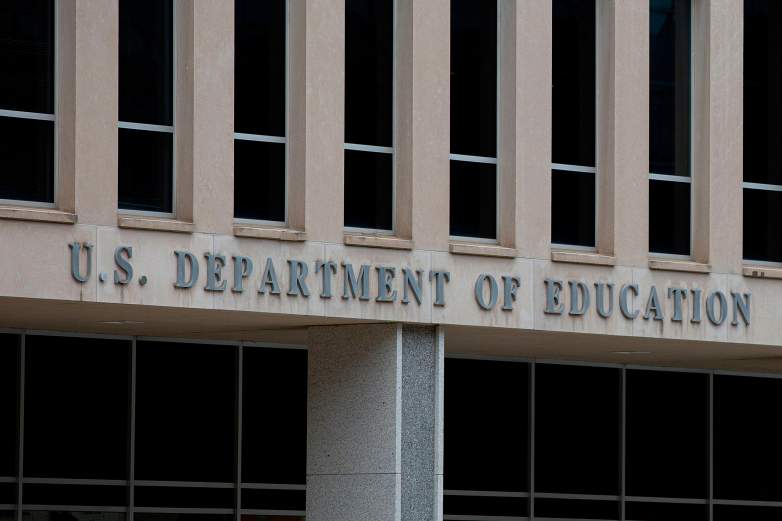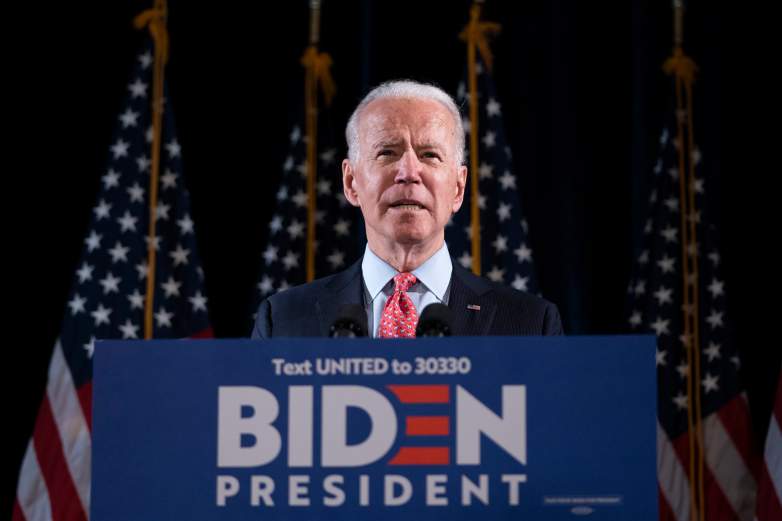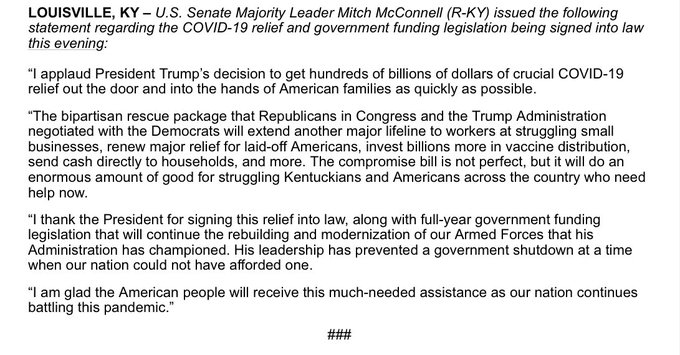
Student loan relief was not extended in the $2.3 trillion coronavirus relief and government spending package signed by President Donald Trump Sunday night.
Trump on December 27 signed the highly-anticipated deal, which reinstates enhanced unemployment benefits, prevents evictions, provides $600 stimulus checks, offers rental assistance and aids small businesses struggling to stay open during the pandemic, among other things, CNBC reported.
However, the $900 billion package approved by Congress on December 21 does not include additional student loan student loan forbearance for borrowers, the outlet continued.
The March CARES Act halted federal student loan payments and interest this past spring to assist student borrowers struggling financially as a result of the pandemic. In August, Trump signed an executive order to continue the interest-free forbearance through the end of December, according to CNBC. Education Secretary Betsy DeVos then extended the forbearance period through January 31, 2021, Business Insider added.
“The coronavirus pandemic has presented challenges for many students and borrowers, and this temporary pause in payments will help those who have been impacted,” DeVos said on December 4. “The added time also allows Congress to do its job and determine what measures it believes are necessary and appropriate.”
Student loan payments are now slated to resume in February, Business Insider continued, “meaning no payments will be due and no interest will accrue until that date.”
“For those on income-driven repayment plans, each month of forbearance counts towards the number of payments required for forgiveness,” the outlet reported.
Although the new stimulus package does not include student loan relief, it does feature several other measures relating to the topic.
Here’s what you need to know:
The Bill Changes the Federal Pell Grant Program & Expands a Tax Break for Employers

GettyThe U.S. Department of Education building in Washington, D.C.
According to Business Insider, the new stimulus bill alters the federal Pell Grant program for the upcoming school year by “allowing a maximum grant amount of $5,435 per student, per year.”
The outlet reported that it “also expands a lesser-known benefit of the CARES Act,” citing a tax break tailored for employers helping their employees pay back their student loans of up to roughly $5,200 “per year of educational assistance.”
“The new stimulus deal extends eligibility for this program through January 1, 2026,” Business Insider wrote. “Only 8% of employers offered this assistance in 2019, according to data from Society for Human Resource Management, but this extension could increase that figure, the group says.”
The Current Expiration Date Allows a Window for President-Elect Joe Biden to Offer Additional Relief in January

GettyU.S. President-elect Joe Biden.
The current expiration date allows President-elect Joe Biden’s team an opportunity to offer additional relief in January when he assumes office, Business Insider said.
Biden has addressed student loan forgiveness in the past, according to the outlet, “and has recommended giving student loan borrowers $10,000 for coronavirus relief.”
Business Insider said it remains “unclear what the incoming administration will do once in office, and what Congress will agree to.”
In the meantime, Sandy Baum, a senior fellow at the Urban Institute, told CNBC that there are several steps borrowers can take to prepare for next year.
“The good news is that about 1/3 of borrowers are in income-based repayment plans,” she said to the outlet. “If they can verify their incomes, they will not have to make payments unless their incomes exceed 150% of the poverty line. Other borrowers who feel they can’t afford their payments should make every effort to enroll in one of these plans.”
READ NEXT: FACT CHECK: Does the Stimulus Bill Make Illegal Streaming a Felony?
